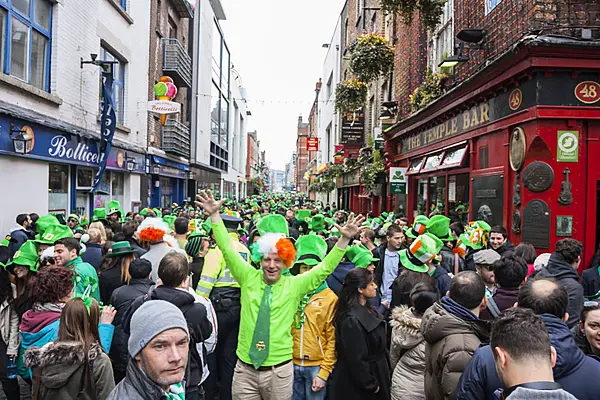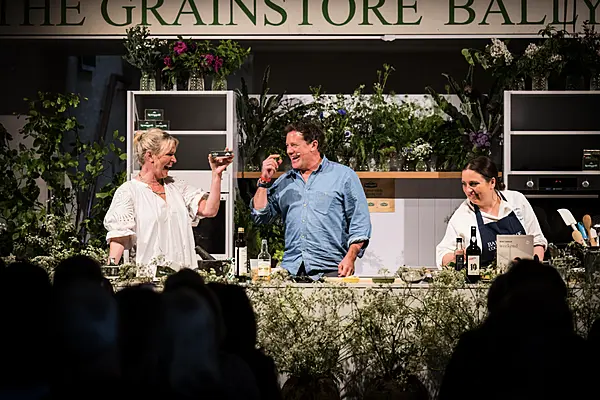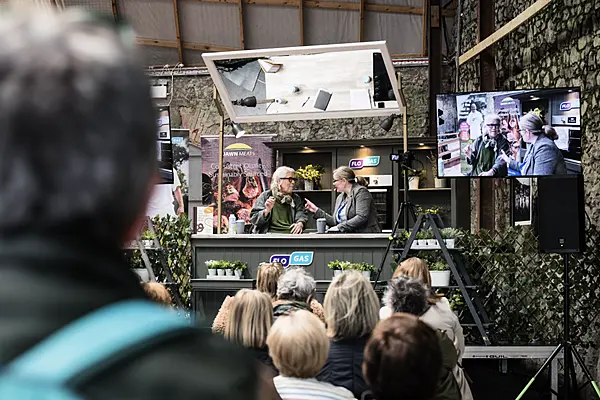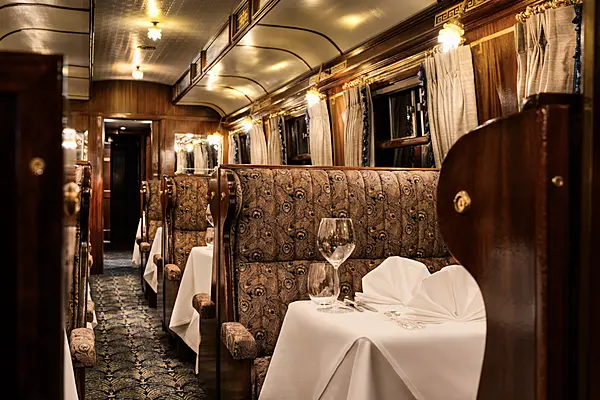In December 2013, Ikinari Steak opened its first location in Tokyo’s busy Ginza neighbourhood.
A little more than three years later, the Japanese stand-while-you-eat steakhouse is celebrating its 117th branch, which opened last week in New York City. It’s the chain's first restaurant outside Japan (not every chain has such good luck in that country: while Ikinari’s expansion exploded, McDonalds was busy closing stores). In the US, a new study shows that restaurant increases in the US declined in 2016 for the first time since the recession.
Ikinari is undaunted by those kind of statistics; the company plans to open 20 more branches in New York alone in the next five years.
Given a choice between eating at a nonchain and a chain restaurant, most foodies will pick the unique place, right?
Not necessarily.
The new breed of good-quality, fast-casual places such as salad-focused Sweetgreen has become hugely popular for a crowd that normally wants bragging rights on singular spots. Meanwhile, steakhouses have always been good at proliferating. It makes sense for owners: meat - one of the highest-ticket food when it’s sourced correctly - is much more economical to buy in bulk. And it’s good for customers who want dependable steak and don’t award extra points for a quirky environment.
Plus, chains have other benefits, such as Ikinari's Niku beef mileage card (eat 45 pounds of steak and get a free one on your birthday).
Luckily, there are currently a string of flourishing global chain steakhouses that are of the highest quality right now. To take advantage of those kind of benefits, check these out, each which has at least five outposts in more than one city.
Ikinari Steak. Japan and New York
At New York’s newest steakhouse, there are 40 standing spots, plus 10 actual seats. Diners head to a counter to order one of three cuts - sirloin, ribeye, fillet - by the gram (8¢, 9¢, and 11¢, respectively). The minimum order is 200 grams, or a little less than half a pound. It takes about 10 minutes for the steak to arrive sizzling on a platter at your station; 15 minutes later, you’ll be out the door. That kind of turnover has proved profitable; Ikinari’s sales from its 100+ locations were $125.7 million in 2016. Says the founder Kunio Ichinose in an e-mail: “In Japan, steak is for special occasions because it’s expensive. I wanted to spread the culture of eating thick-cut steaks; they taste so much better! We are a standing restaurant because it allows us to serve high-quality beef at around half the price at regular restaurants.” As to why there are no loaded potato skins at Ikinari, Ichinose says: “When I went to steakhouses in New York, the experience was sometimes overwhelming. There are many appetizers, I got full before I got to enjoy the steak.”
Del Frisco’s. New York, Dallas, Washington, DC, and more
Blindfolded, it's hard to tell the myriad US-based steakhouse chains apart; every group now ages its beef, and everybody knows that side dishes are almost as important as the meat. Del Frisco’s, which sold more than 3 million pounds of beef in 2016, distinguishes itself with an attention to detail. Not every steakhouse chain is consistent; Del Frisco’s is, sourcing the beef for its 12 locations from Chicago’s Stock Yards, wet-aging it for 28 days and applying an excellently consistent seasoning mix (dry-aged steaks are available as an off-the-menu special). In New York, the 22-ounce bone-in ribeye ($69.50) is tender, with a good chew and a solid char for medium rare; the server waits for you to cut into your steak to make sure it’s properly cooked.
Hawksmoor. London and coming to New York
When Hawksmoor opened its first branch in Spitalfields in 2006, its ambition was to serve the best beef in London. It wasn’t such a high bar; at the time, most steaks to be found there were frozen and flavourless. Hawksmoor sourced British beef that was the opposite and has since spawned a half dozen other spots around town. Fillet is £35 ($43.75) with the option of bone marrow gravy; you can also get large cuts, such as t-bone or chateaubriand. The Guildhall branch has a breakfast with a choice of different steaks with your eggs, as well as a serious morning cocktail list. Hawksmoor will arrive at the World Trade Center in New York later this year.
Hy’s, Canada
Hy’s has made some menu updates since Hy Aisenstat opened the first location in 1955 in Calgary (i.e., now you can find fried calamari with jalapeños). But the vibe is primarily Mad Men, with heavy brown leather chairs, long white tablecloths, and a classically minded cocktail list. With five locations across Canada, the chain is beloved for its 28-day aged beef with choice of baked potato, hand-cut fries, or mashed potatoes. Hy's is supremely proud of the Canadian black angus rib-eye, fed on prairie grass; a 32-ounce steak is $84. The Aisenstats are the steak kings of Canada - their empire also includes the ubiquitous family-friendly steak chain, the Keg.
Fogo de Chão. Brazil, Mexico, the US
Rodizios are all-you-can-eat South American restaurants that pretty much always feature steak. Notable Brazilian chain Fogo started in 1979 in a small port city. Now it has dozens of branches from Rio to Minneapolis. They serve grilled chicken, lamb, pork, and of course steak, from beef ribs and tenderloin to the chain's signature top sirloin (picanha) served well-seasoned, juicy, and served thinly sliced.
News by Bloomberg, edited by Hospitality Ireland








